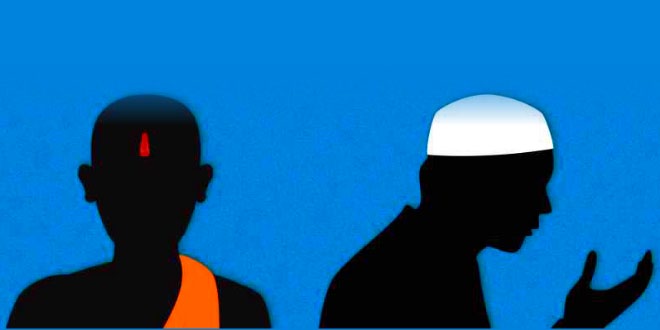Question: Explain with examples the increasing role of women in public life. What lessons you have learnt from this?
Answer:
- Women do all work inside the home such as cooking, cleaning, washing clothes, tailoring, looking after children, etc. This indicates that women plays very important role in family life.
- In villages, women fetch water, collect fuel and work in the fields. This indicates that there is need to spread education among women in rural areas.
- In urban areas, poor women work as domestic helper in middle class homes, while middle class women work in offices. This indicates that there is need to increase more economic avenues for women.
- Now women are working as scientists, doctors, engineers, lawyers, managers and college and university teachers which were earlier not considered suitable for women.
- This states that women play very important role in economic and social development.
Question: Discuss the sexual division of labour. Do you think sexual division of labour is a right phenomenon?
Or
Explain the sexual division of labour.
Or
What do you mean by sexual division of Labour?
Answer:
- The sexual division of labour is not a new phenomenon. It has been under practice since time immemorial.
- The result of this division of labour is that women have been confined to a private domain of family, while the public domain has been monopolized by the men.
- Although women constitute half of the population of the world, their role in public life especially politics is minimum in most of the societies.
- Though the role of women in world politics is increasing but still, it is a male-dominated society. No, sexual division of labour is not right because this limits the economic opportunities for women.
Question: The rigid caste system is disappearing in India. Explain the major factors responsible for this. Suggest any two ways through which this can further be reduced.
Or
Why caste barriers are breaking down in India? Give three reasons to explain.
Answer:
- Social Reformers: Social reformers like Jotiba Phule, Gandhiji, Dr. B.R. Ambedkar, etc., advocated and worked to establish a society in which caste inequalities are absent.
- Economic Factors: With, economic development, large-scale urbanization, growth of literacy and education, occupational mobility and the weakening of the position of landlords in the villages, the old notions of caste hierarchy are breaking down. Now, most of the time in urban areas, it does not matter much who is walking along next to us on a street or eating at the next table in a restaurant.
- Constitution: The Constitution of India prohibits discrimination of any type. It provides equal opportunities to all.
- Fundamental Rights: Provision of Fundamental rights has played a major role because these rights are provided to all the citizens without any discrimination. The caste system can further be reduced by the spread of education, and by promoting inter-caste marriages.
Question: Is the association of political parties with social groups always bad? Give three valid arguments in support of your answer.
Answer:
- The association of political parties with social groups is not always bad.
- (i) The association of political parties with weaker sections of society is healthy for democracy.
(ii) Through political parties weaker sections get together to voice their opinion and get a chance for their upliftment.
(iii) Some political parties grow out of social groups. For example, DMK, AIADMK, BSP.
Question: “Caste has not still disappeared from contemporary India”. Do you agree with the statement? Justify your answer with suitable argument.
Or
“Caste has not still disappeared from contemporary India”. Write any three examples to justify the statement.
Or
Explain how caste inequalities are still continuing in India?
Answer: Yes, I agree with the statement.
Arguments:
- Most people marry within their own caste or tribe.
- Untouchability has not ended completely despite constitutional prohibition.
- Effects of centuries of advantages and disadvantages continue to be felt today.
- A large mass of low caste people still do not have access to education.
- Caste continues to be linked to economic status.
Question: Why was model of Secular State chosen for India? Explain.
Answer:
- Diversity: India is a diverse country. People of different caste, color, creed, religion live together.
- Constitution: Indian Constitution provide freedom to people to adopt any religion.
- Freedom struggle: India got its freedom in 1947. People belonging to different religions, caste and creed has fought for freedom of India.
 Class Notes NCERT Solutions for CBSE Students
Class Notes NCERT Solutions for CBSE Students





